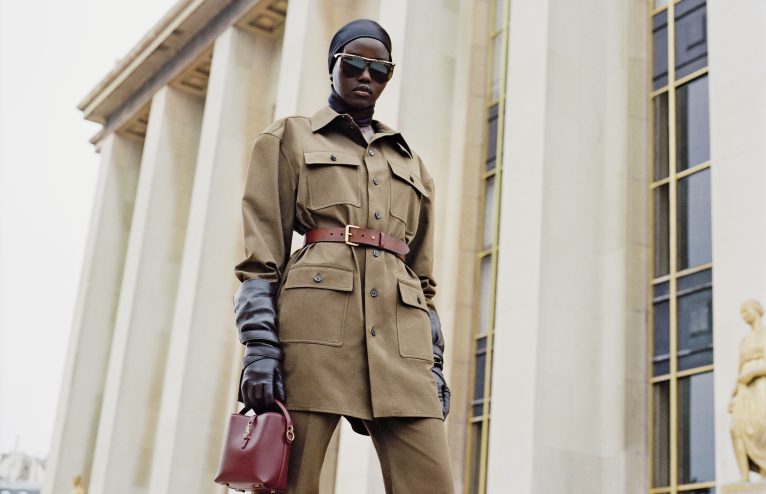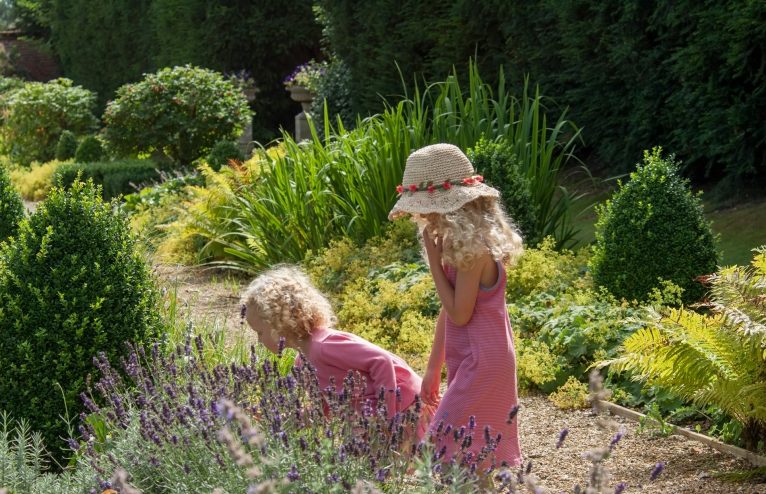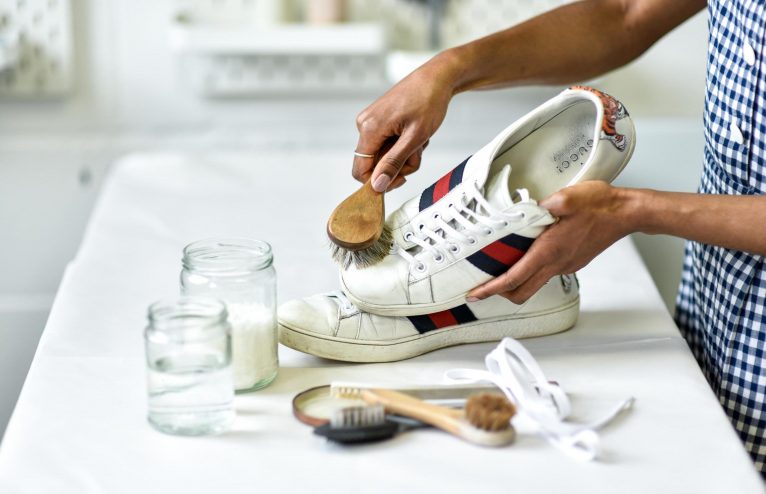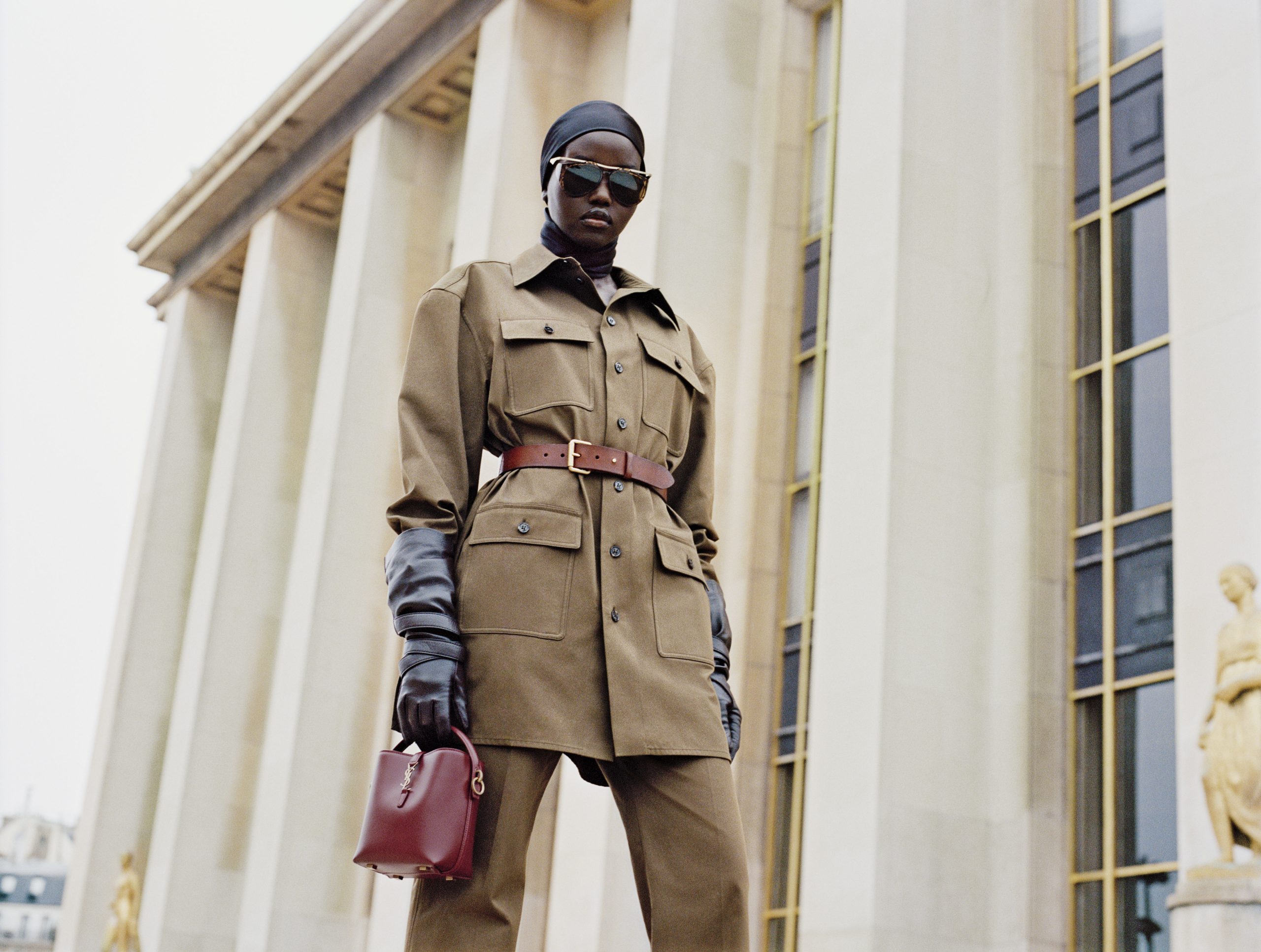It’s official: the new way to work your wardrobe is to re-work it. If you’ve got a closet full of clothing and accessories that need some TLC or you no longer love, sidestep the dump and upcycle instead.
Right now being more sustainable has never been more on trend and upcycling is a way of breathing new life into pieces that you’re just not wearing anymore.
“It is important for us to remain mindful of the environmental and human impact of our fashion choices – a shocking 300,000 tonnes of clothing is sent to landfill every year in the UK,” says Lulu O’Connor, founder of The Clothes Doctor.
“We need to reconsider what we buy, where we buy it, and how we care for it. The bottom line is that with a little thought and creativity, sustainability and style can go hand-in-hand.”
While some items can be revived back to their former glory, other pieces in your wardrobe can take on a whole new persona with a professional alteration.
Meet the women with the businesses that bring your wardrobe back to life…
OVERHAUL YOUR HANDBAG
The Upcycler: Charlotte Staerck, co-founder of Handbag Clinic (www.handbagclinic.co.uk).
“We’ve specialised in handbag restoration for over 12 years and, in recent months, we’ve seen a dramatic change in the way people engage with sustainable fashion. I think the pandemic has heightened this trend and made a lot of people reconsider their values with many questioning how they can enjoy fashion in a more responsible way. People have become much more conscious of the life and quality of their handbags and the impact waste is having on the planet.”
Why restore a favourite handbag?
Restoration treatments can perform miracles – adding hundreds and even thousands of pounds onto the value of leather handbags that you might have otherwise discarded. From restoring your bag back to its original colour, removing signs of wear, stubborn stains and dye transfers, to replacing missing hardware, repairing scuffs, scratches, rips, broken zips, worn edges, split piping and more – there’s so much you can do to bring your bag back to life.
How much does it usually cost?
Pricing is bespoke depending on the work required. Prices start from £19.95 for minor stitch work and go up to £600+ for a complex exotic restoration. We always assess each item individually and provide quotes based on our customer’s priority areas of concern as well as what we, as the experts, recommend to get the best result.
What’s the trickiest thing about restoring a handbag?
We see so many customers bring in bags that probably only initially needed a small £50 fix – but because they have used the wrong products or pressure when cleaning, they require significantly more work. Some of the ‘hacks’ we see online are downright bizarre and potentially damaging. If you are using the appropriate products and methods, it’s fine to clean your handbag at home but using materials that are too abrasive can cause damage.
What’s been your favourite bag transformation to date?
I guess one that stands out is the restoration work to a £140,000 crocodile, diamond-encrusted Hermes Birkin, which was hand-delivered (five hours each way) to and from the client’s home. A Birkin is made by hand in an atelier and can take up to 40 hours using a double needle saddle stitch that cannot be replicated by a machine. So restorations are always highly skilled but this was particularly memorable because it was such a rare and beautiful edition.
What’s the most satisfying thing about a bag restoration?
This work is truly a labour of love and we get to see items being brought back to life that may have otherwise been discarded – seeing the amazement and joy this brings our clients really is priceless. Often clients don’t think it is possible to restore their handbag to its former glory and yet, to us, it’s an everyday occurrence.
Top tips for keeping your bags in good condition?
- Always re-stuff and put your bags back in their dust bags – it’s the best way to keep the structure and avoid wear and tear occurring when it’s not in use.
- Buy a handbag hook – these hooks fold out to fit most tables and bar areas and will allow you to avoid placing your bag on floors.
- If you do just one thing, it’s to regularly clean and protect your handbag. Leather is a skin and needs its own kind of skin care regime too.
REVIVE YOUR WARDROBE
The Upcycler: Lulu O’Connor, founder of Clothes Doctor (https://clothes-doctor.com/)
“Several years ago I became interested, but also very concerned, by the impact that fast fashion and our wasteful consumption habits were having on our environment. I wanted to create a platform to give people all the tools they need to care for their wardrobe properly, and love their clothes for longer.”
Why repurpose an item of clothing?
As quoted by Orsola de Castro, our brand ambassador: ‘lengthening the life of our clothing from one to two years decreases its carbon footprint by 24%, so it actually has an environmental effect’. We think it’s essential that before we buy, we think of the global impact of the fast fashion industry, strive for more conscious consumption habits, and care for our clothes so that they last longer.
How much does it usually cost?
Alterations are always dependent on the job required, and every enquiry gets looked at and quoted on by our seamstresses through our website. Their quote includes the time it will take along with materials needed, but an average would be around £15 to shorten a pair of trousers or a skirt.
What’s the trickiest thing about a clothing alteration job?
The trickiest things are the sizing, the shape of the garment and the professional finish. If necessary our team will set up an online fitting via FaceTime to get the sizing just right, and to see how the garment flows so they can replicate it after altering. The professional finish takes the right equipment and also comes with experience.
What’s been your favourite clothing transformation to date?
Our team transformed a silk evening dress that I’d bought in a sample sale and never wore, into the most amazing ‘Arabian Nights’ style jumpsuit, which I absolutely adore and makes me feel incredible.
What’s the most satisfying thing about a clothing repair or alteration?
Just the simple feeling that when you restyle an old favourite, or repair a damaged item, that you’re bringing something back into use that otherwise would have just ended up in the rubbish heap. It’s a great feeling also to know that you’ve saved money and reduced your waste footprint too.
Top tips for keeping your clothes in good condition?
- Repair your clothes as soon as you notice the first sign of damage in your clothing, from moth holes to tears. It will prevent any holes from increasing in size when worn.
- Hand wash with gentle detergents where you can and use eco-friendly, locally-sourced products to help extend the life of your garments.
- Try steaming your clothes – it uses natural methods to kill bacteria and remove odours, refreshes your clothes and remove creases. It’s also the perfect option for suits and tailored items that can’t be hand washed.
SAVE YOUR SHOES
The Upcycler: Vanessa Jacobs, founder of The Restory (https://the-restory.com/)
“The Restory was born of my personal frustration with low-quality high street options and brands who couldn’t (or wouldn’t) help me after I’d actually invested in their product. We think the experience of owing and loving your product should be just as much a part of the luxury experience as buying it to begin with.”
Why restore a pair of shoes?
Great shoes are such a worthy investment – they do so much. A single pair of shoes can change your whole outfit, your whole expression, your whole confidence level. Sadly, they hit the ground and as such are the most vulnerable to wear and tear.
How much does it usually cost?
Basic services such as trainer cleaning is £35 and it can go up from there depending on the condition and services required. We’ve tried to keep the most common combinations of services to around 10-30% of the retail price. The earlier we see them the less expensive it will be generally.
What’s the trickiest thing about restoring a pair of shoes?
Shoes are made of dozens of small components and especially with women’s shoes are often made with calf leathers, fine stitching, thin bevelled soles and a myriad of colours that are rarely colour-fast. In the wrong hands, you either get “sorry luv, not possible” or what we call ‘Frankenstein’ work.
What’s been your favourite shoe transformation to date?
All the Manolo colour transformations. Every one of them is so special but the camouflage pair that’s currently on display at Selfridges is my absolute favourite.
What’s the most satisfying thing about a shoe restoration?
Our mission is for you to fall in love with your favourites all over again. When you get that new feeling all over again, we know we did our job.
Top tips for keeping your shoes in good condition?
- Wear shoes appropriate for the weather if you can help it.
- Look at our pre-wear range of services to mitigate damage before it even starts.
- Under no circumstances use baby wipes, super glue or pens like Sharpie markers for rescue jobs.



























Any Questions or Tips to add?